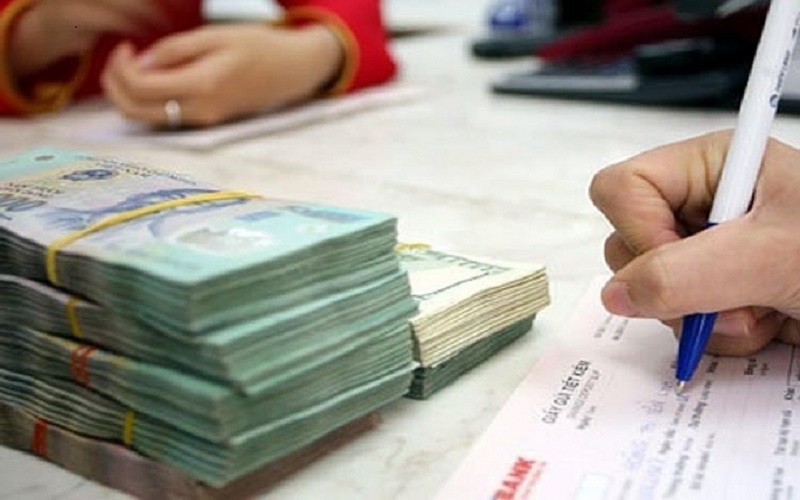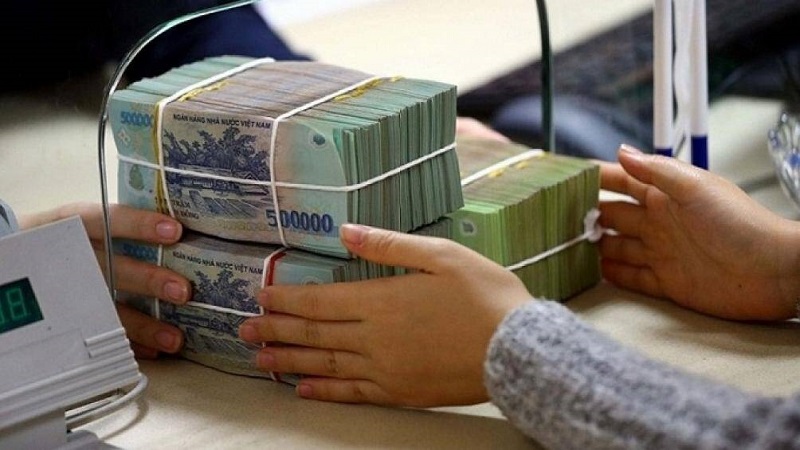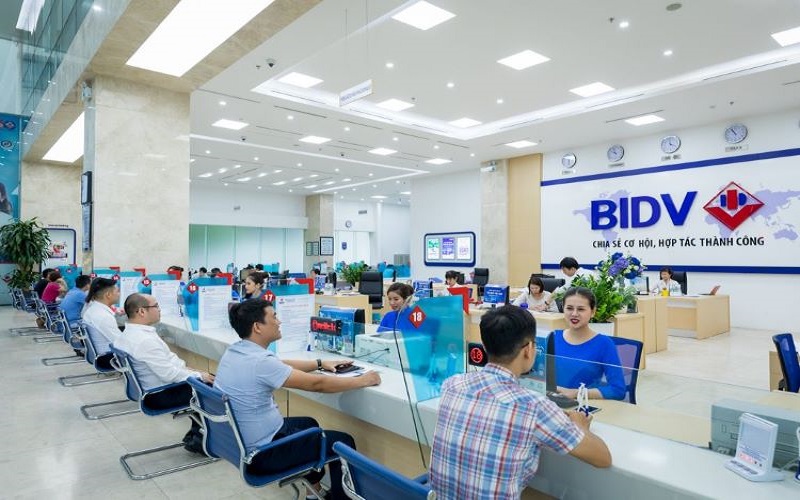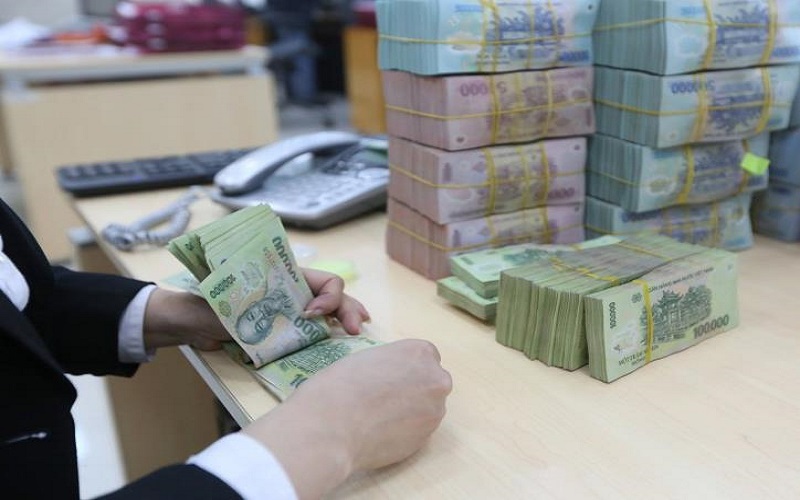While mortgage loans are familiar to many, few understand unsecured loans. Let’s explore and make the most of this form of unsecured loan through the article below.
1 What is an Unsecured Loan?
 Unsecured loans do not require collateral
Unsecured loans do not require collateral
An unsecured loan is a form of bank loan that does not require collateral and instead relies on the borrower’s personal reputation and repayment ability.
This type of loan caters to personal needs or consumer purchases, offering convenient and flexible options with tenures ranging from 12 to 60 months and loan amounts typically between 10 million and 500 million VND.
 Unsecured loans offer flexibility to meet personal needs
Unsecured loans offer flexibility to meet personal needs
Borrowers can apply for an unsecured loan based on their salary, life insurance, utility bills, business licenses, or even installment credit contracts, as long as they can make regular payments of principal and interest and are eligible for cash withdrawals.
2 Proper Classification of Unsecured Loan Groups
 There are two main groups of unsecured loans
There are two main groups of unsecured loans
Unsecured loans can be classified into two groups, each with distinct features and target borrowers.
Unsecured Personal Loans: These are loans for personal purposes such as medical expenses, consumer purchases, home purchases, weddings, or travel.
Unsecured Business Loans: This type of loan supports businesses in need of capital for operations, investments, or infrastructure development.
Cash Loans for Consumption
This type of loan is intended for personal consumption, with the funds either transferred to the borrower’s account or received in cash at a transaction office after signing the loan agreement.
Installment Purchase Loans
 Borrowers only need to pay 10% to 15% of the item’s value upfront
Borrowers only need to pay 10% to 15% of the item’s value upfront
Borrowers only need to pay 10% to 15% of the item’s value upfront, with the bank covering the remaining cost. However, borrowers must repay the loan with interest within the agreed timeframe as stipulated in the contract.
Overdraft Loans
This type of loan is offered exclusively by banks, allowing customers to withdraw funds beyond their current account balance. The bank calculates interest based on the overdrawn amount.
Home Improvement Loans
These are cash loan packages designed for customers who wish to renovate, redecorate, or purchase new appliances for their homes.
Business Operation Loans – SME
This loan type provides working capital for small and medium-sized enterprises, supporting their production and business activities.
4 Unsecured Loan Application Process
Registration Documents
The required documents for unsecured loan applications vary depending on the loan group and product.
Legal Documents
-
Copy of ID card/passport/identity card.
-
Copy of household registration book/temporary residence book/temporary residence certificate.
-
Copy of marriage certificate or certificate of single status.
-
Income verification documents.
-
Employment contract: Salary slips for the last 3 months/salary statements.
- Depending on the loan product, additional documents may be required, such as insurance policies, utility bills, vehicle registration certificates, business licenses, or financial records.
Unsecured Loan Procedure
Step 1: Application Acceptance
The bank or financial company will receive the unsecured loan application and evaluate it. If the application meets the requirements, they will offer suitable loan packages and provide the necessary application forms and documents.
Step 2: Information Verification
Upon receiving the complete set of documents, the staff will review and verify the accuracy of the information provided.
 The loan process includes application acceptance, information verification, checking, approval, and disbursement.
The loan process includes application acceptance, information verification, checking, approval, and disbursement.
Step 3: Checking and Disbursement
At this stage, after verifying the accuracy of the information, the staff will submit the application to the Director for approval, which typically takes 1 to 3 days, depending on the bank or financial institution.
Step 4: Contract Signing and Disbursement
Once the bank approves the loan, the borrower is invited to sign the contract. Carefully read all the terms and conditions.
Step 5: Debt Collection and New Credit Decision
The borrower will make debt payments by deducting a portion from their salary to the lending institution.
5 Unsecured Loan Requirements
Banks and financial companies may have specific requirements for unsecured loans, which can include:
-
Age between 22 and 60 years old.
-
No bad debts with any credit institution.
 Borrowers must be at least 22 years old for unsecured loans.
Borrowers must be at least 22 years old for unsecured loans.
-
Possess a household registration book/temporary residence book/temporary residence certificate in the same area as the lending institution’s operations.
-
Valid ID card/identity card.
-
Stable income demonstrating the ability to repay the loan to the bank/financial company.
-
For bank loans, borrowers must have a salary income and at least 12 months of service at their current workplace.
6 How is an Unsecured Loan Different from a Secured Loan?
Both unsecured and secured loans are forms of bank loans, but there are some key differences between the two:
 Secured loans require collateral, while unsecured loans do not.
Secured loans require collateral, while unsecured loans do not.
First, unsecured loans do not require collateral such as real estate or land, unlike secured loans where collateral is mandatory.
Second, secured loans tend to have more stringent requirements, especially regarding collateral, making them more complicated and cumbersome.
Finally, the duration and limits of the two loan types differ. Secured loans have a longer tenure of up to 35 years and a higher loan limit of up to 80% of the collateral’s value. In contrast, unsecured loans have shorter tenures of 1 to 5 years and a maximum loan amount of 500 million VND.
7 Choosing the Right Bank for an Unsecured Loan
 What criteria should you consider when selecting a bank for an unsecured loan?
What criteria should you consider when selecting a bank for an unsecured loan?
When considering an unsecured loan, it’s essential to choose a financial institution that offers quick, transparent, and reliable solutions to your financial needs. Here are some criteria to consider when selecting a bank for an unsecured loan:
-
Look for a bank with competitive interest rates and compare loan packages across different banks.
-
Examine the additional fees charged by different banks to find the most cost-effective option.
-
Choose a bank that offers flexible repayment options to accommodate your financial situation.
-
Opt for a bank with simple and straightforward application processes, avoiding complicated and time-consuming procedures.
-
Compare the early repayment fees charged by different banks, as these can vary significantly.
-
Consider the loan approval time, as some banks may have slower processes, resulting in delays in your loan approval.
The information provided above covers the procedures, concepts, and methods related to unsecured loans. Hopefully, this will give you a better understanding of unsecured loans and help you decide if this is a suitable option for your financial needs.






























